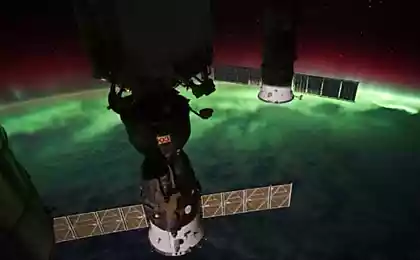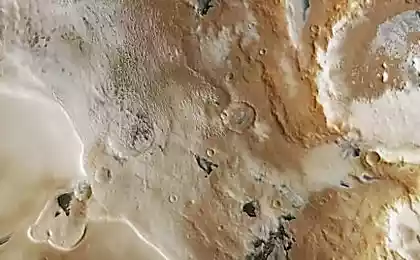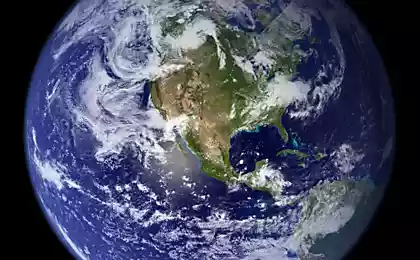433
The specialists of NASA—news about Ganymede
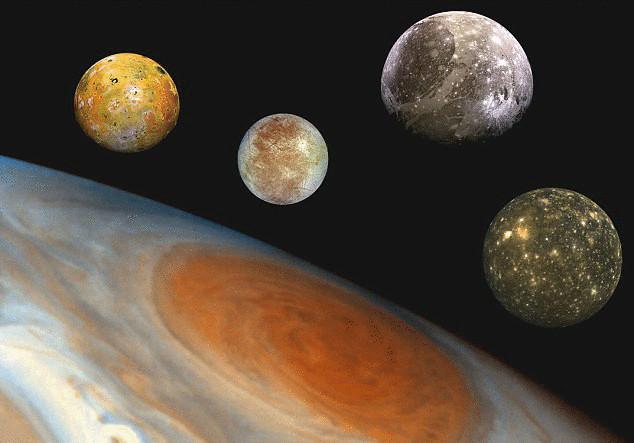
Experts from the United States with the help of computer simulation was able to establish that on Ganymede, Jupiter's moon, there are several ocean layers whose mutual arrangement is like a layered sandwich. The study experts have prepared for publication, but briefly this information is available on the official website of NASA.
The first time the idea of the presence of the ocean on the largest moon in the Solar system was expressed in 70-ies of the 19th century, NASA experts, and this hypothesis was confirmed by the Galileo mission that conducted a study of Jupiter in the period 1995 to 2003.
Explained that the reason for this structure lies in the fact that the ocean is frozen unevenly, that is, the layers of ice alternating with layers of aqueous solutions, in other words, the water remains liquid due to high concentration of different salts. Experts believe that this water may be in contact with the rock, descending to the bottom, which in turn creates the conditions for the existence of life.
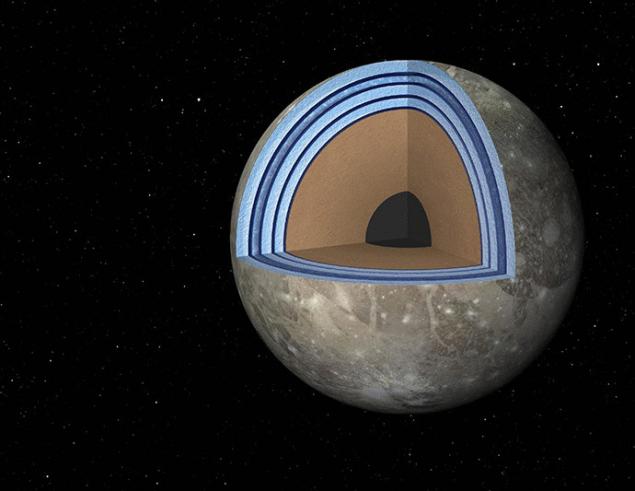
In the study, astronomers have shown with laboratory experiments that salt concentration can affect the density of the solution, they used the results of experiments specifically for simulation of an ocean on Ganymede. The ice here is under high pressure at lower depths directly because it is much denser and heavier than ordinary ice.
It should be noted that now the European space Agency is developing a mission, JUICE, which will test empirically this theory only in 2030-ies.
Together with the United States and Europe as a mission to study Ganymede is also preparing Russia, and preparation of the project "Laplace" must begin in the current year. Russian scientists in 2023г. I want to send to Ganymede two research probe, namely: landing and orbital.
On Mars 3.5 billion years ago there was the ocean. Researcher of the space research Institute of RAS Mikhail Ivanov said that the ocean was located in a plain area, called Utopia (the Eastern part of the Northern hemisphere of the red planet). "Today in this area we can see only traces of it remaining," the scientist told ITAR-TASS. Once in ancient times, the ocean filled the round pool, formed as a result of a collision of Mars with a certain celestial body. According to experts, the ocean began to ledenite a 3.5-2.9 billion years ago, in Hesperia era, the main feature of the ESA will send a mission to the moons of Jupiter. British scientists will play a key role in a space mission at a cost of one billion euros (812 million pounds), was designed to explore the icy moons of Jupiter. The mission Juice (JUpiterICymoonsExplorer) should investigate the presence of "water world" that can feed biological life. Its main goal is Ganymede, the largest moon in the solar system, which is 8% higher than the planet mercury. Ganymede is believed to astronomers, hides a deep ocean of salty water beneath a thick layer of ice. Gallery: future exploration of the outer part of the Solar system. In February, NASA and the European space Agency will meet in Washington, D.C., to select one of two missions to study the outer part of the Solar system. What to choose: to go to the moon of Saturn Titan, or send a pair of orbiters to explore Jupiter and some of its satellites?
Source: globalscience.ru













